News Beat
News Beat reporting is an idrw.org initiative to let our Readers to report News Based on Actual facts but some how has not been reported in Main Stream Media .
SOURCE: RAUNAK KUNDE / NEWS BEAT / IDRW.ORG
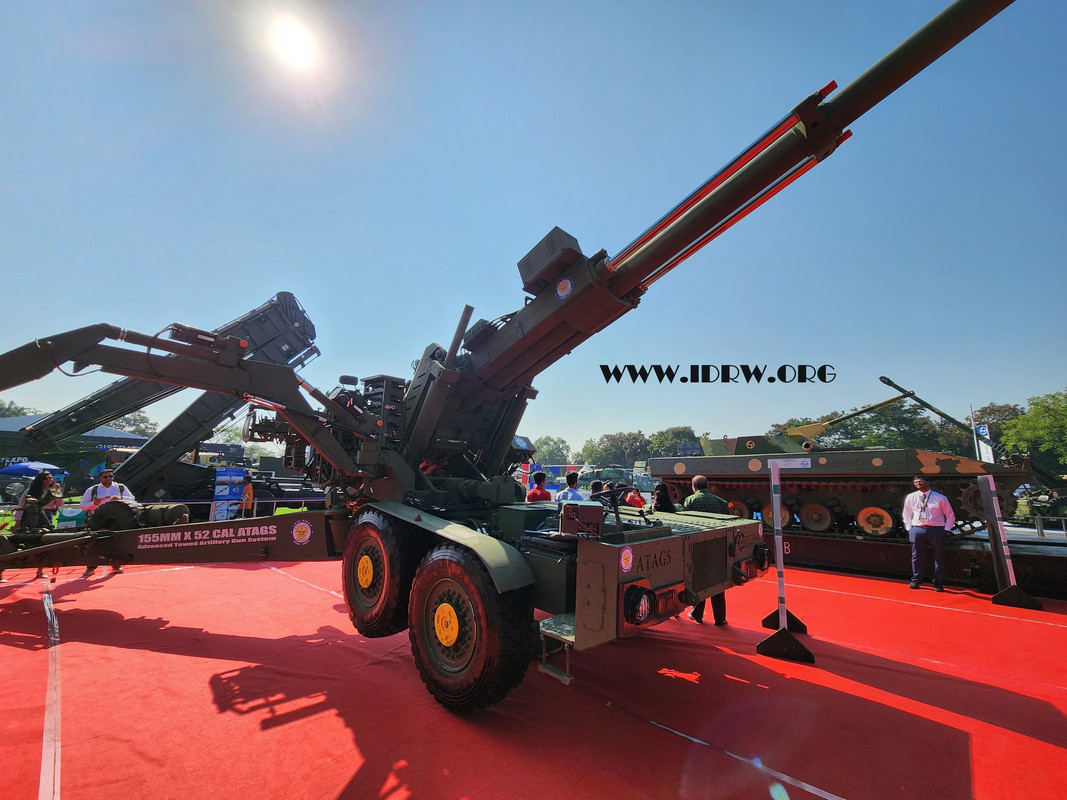
The Indian Army, taking cues from the lessons learned in the ongoing Ukraine war, is prioritizing the development of a highly mobile and lethal artillery system known as the Towed Gun System (TGS). This decision comes on the heels of the Army receiving an Acceptance of Necessity (AoN) for the project from the Defence Acquisition Council (DAC).
One of the key takeaways from the war in Ukraine is the critical importance of rapid artillery displacement. Defence experts have highlighted the vulnerability of towed artillery that takes more than 10-15 minutes to set up and relocate. In a modern battlefield with drones and counter-battery fire, such sluggishness can prove fatal.
Continue readingSOURCE: RAUNAK KUNDE / NEWS BEAT / IDRW.ORG

IIT Madras, a leading Indian institute of technology, and Munitions India Limited (MIL), a defense public sector enterprise, have joined forces to develop India’s first indigenously designed 155mm smart ammunition. This landmark collaboration marks a significant step towards self-reliance in India’s defense sector.
The primary objective of this project is to significantly enhance the accuracy of the 155mm shell. The smart ammunition aims to achieve a circular error probable (CEP) of 10 meters, a drastic improvement compared to traditional rounds. This precision will be achieved through guidance by ISRO’s NavIC satellites, offering a staggering 50 times improvement in accuracy.
Continue readingSOURCE: RAUNAK KUNDE / NEWS BEAT / IDRW.ORG
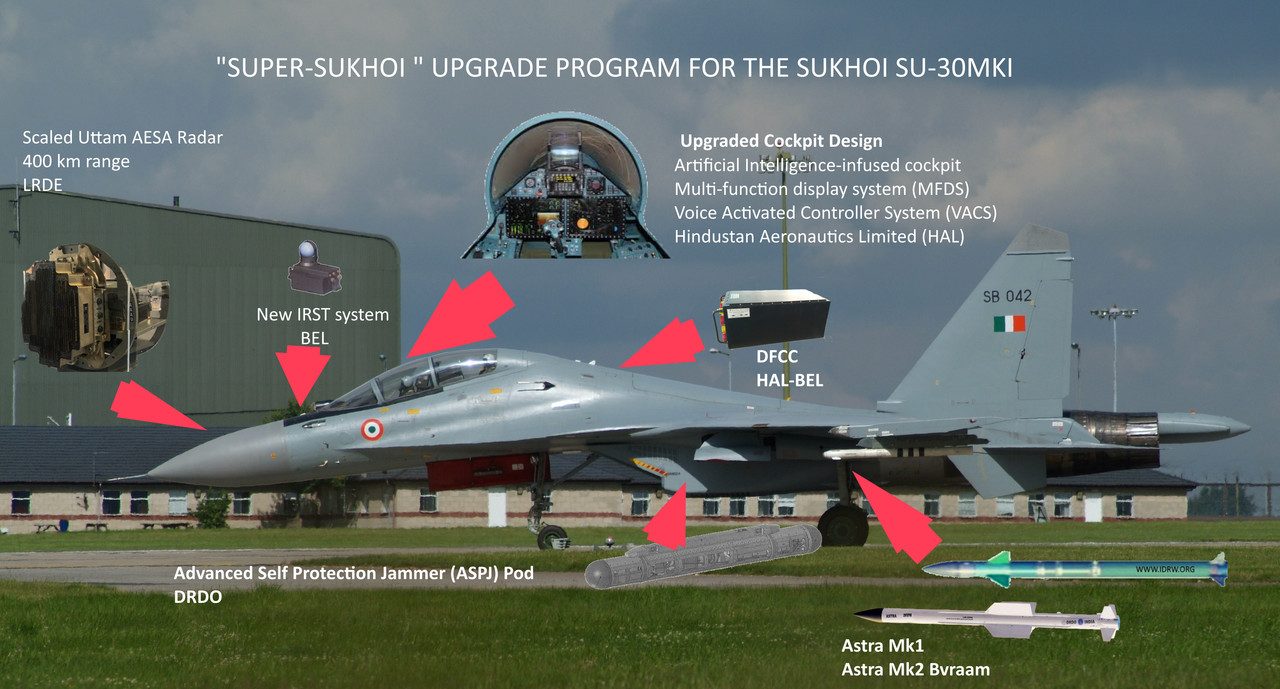
Hindustan Aeronautics Limited (HAL), India’s state-owned aerospace and defence behemoth, has unveiled a three-phase plan to revamp the Indian Air Force’s (IAF) formidable Sukhoi-30MKI fighter fleet. This strategic approach balances the IAF’s critical need for operational fighter jets with the cost and time constraints of such a massive upgrade program.
With over 250 Sukhoi-30MKIs in its arsenal, the IAF relies heavily on these versatile fighter jets for air dominance and strike missions. Recognizing the need to keep this fleet modern and combat-ready, HAL has devised a phased upgrade program, prioritizing older aircraft first.
Continue readingSOURCE: RAUNAK KUNDE / NEWS BEAT / IDRW.ORG
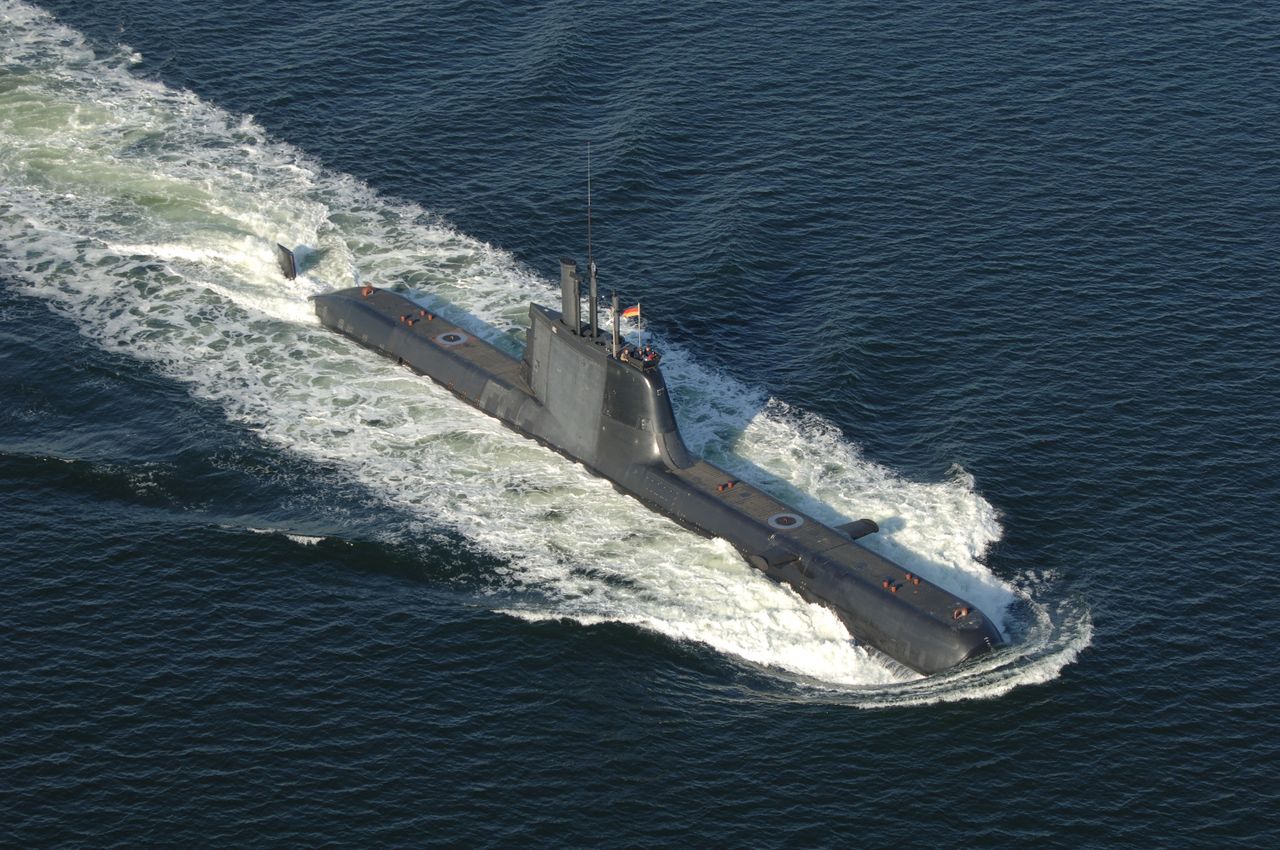
Amidst a sluggish pace in India’s Project-75I tender for six conventional diesel submarines, German defence giant Thyssenkrupp Marine Systems (TKMS) has made a bold move. German officials, during a recent visit to India, presented a comprehensive roadmap for a direct government-to-government (G2G) sale of their advanced U-214/212 submarines. This comes as a potential alternative to the tender process, which is expected to take a significant 3-5 years to finalize.
India’s Project-75I tender has attracted two major contenders: TKMS from Germany and Navantia from Spain. Both companies have offered their latest submarines equipped with next-generation Air Independent Propulsion (AIP) systems and lithium-ion battery technology, promising extended underwater endurance – a crucial factor for Indian naval operations. However, while Navantia is participating in the tender process, TKMS is pushing for a quicker and potentially more lucrative G2G deal.
Continue readingSOURCE: RAUNAK KUNDE / NEWS BEAT / IDRW.ORG
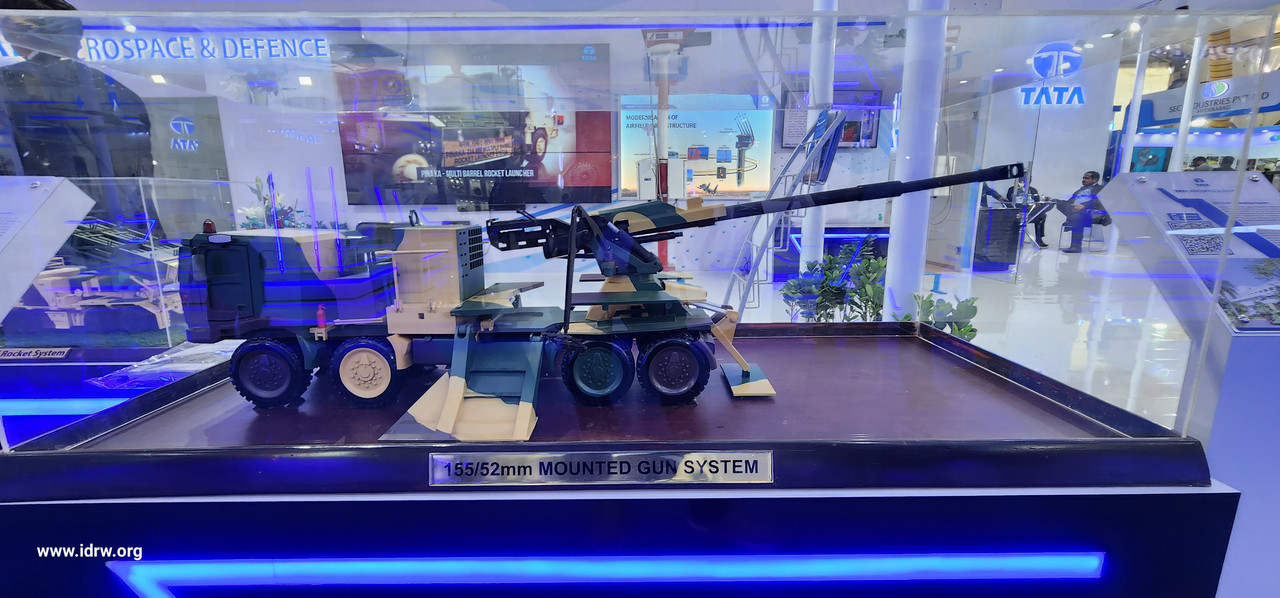
Tata Advanced Systems has thrown its hat into the ring for the Indian Army’s requirement of 814 Mounted Gun Systems (MGS) by offering its own 155mm/52 calibre mounted gun system. This move adds another contender to the competition, potentially heating the race for this major defence contract.
Tata’s offering differs from the Advanced Towed Artillery Gun System (ATAGS) being jointly developed by DRDO and Kalyani Strategic Systems. Instead of basing its system on the ATAGS, Tata’s gun draws inspiration from Denel’s 155mm T5-52 Self-Propelled Howitzer. However, it will be mounted on a locally developed Tata 8×8 high-mobility vehicle.
Continue readingSOURCE: RAUNAK KUNDE / NEWS BEAT / IDRW.ORG
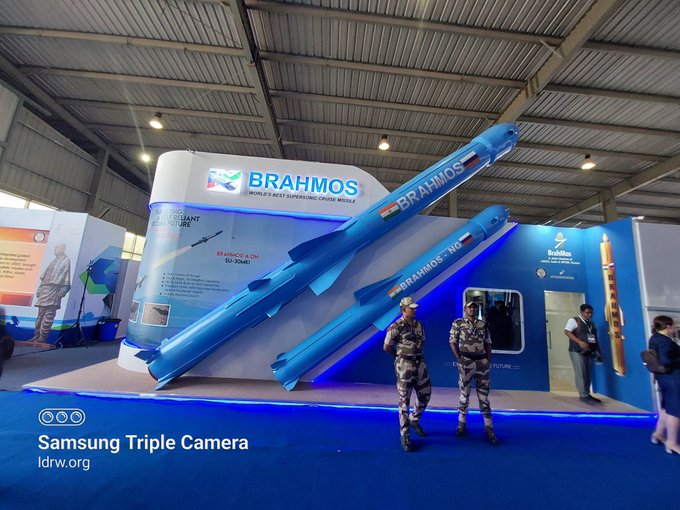
Get ready for the next evolution of supersonic destruction! DRDO’s BrahMos Corporation is revving up development on the BrahMos-NG (Next Generation) missile, promising a multi-platform powerhouse with enhanced capabilities across air, land, and sea.
Leading the charge is the Air Launched Cruise Missile (ALCM) variant, poised to arm India’s fighter jets – LCA-Tejas Mk1A, Tejas MkII, Su-30MKI, and Mig-29K. Imagine the agility and firepower these platforms will gain, unleashing deadly strikes from beyond enemy radar range.
Continue readingSOURCE: RAUNAK KUNDE / NEWS BEAT / IDRW.ORG
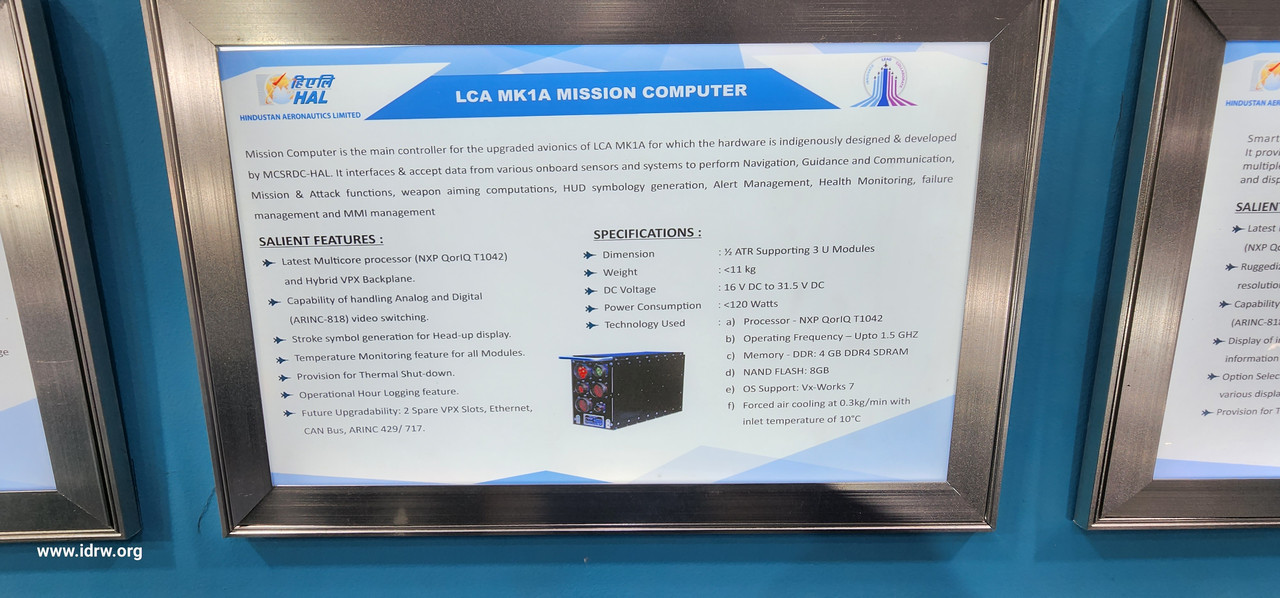
In a significant development for India’s indigenous fighter jet program, the Light Combat Aircraft (LCA) Tejas Mk1A has been outfitted with a state-of-the-art Mission Computer, marking a milestone in the country’s defense aviation sector. Prominent defense reporter Anantha Krishnan M has reported that the LCA Tejas SP, equipped with the LCA MK1A Mission Computer, is scheduled for its maiden flight next week, signaling a leap forward in India’s technological prowess in the field of avionics.
The LCA Tejas Mk1A, renowned for its agility, maneuverability, and combat capabilities, will now incorporate the advanced Mission Computer, a pivotal component designed to orchestrate the aircraft’s upgraded avionics suite. Developed indigenously by MCSRDC-HAL, the Mission Computer serves as the nerve center of the LCA Mk1A, interfacing with a myriad of onboard sensors and systems to execute critical functions ranging from navigation and guidance to communication and weapon aiming computations.
Continue readingSOURCE: RAUNAK KUNDE / NEWS BEAT / IDRW.ORG

The Indian Air Force (IAF) is taking decisive steps to modernize its transport fleet, with Chief of the Air Staff Air Chief Marshal V.R. Chaudhari confirming plans for replacing ageing aircraft like the AN-32 and IL-76.
Chaudhari highlighted the crucial role of modern transport aircraft in contemporary warfare, stating, “We are looking at replacing our AN-32 and IL-76 fleets promptly.” The AN-32, a mainstay for decades, has served its purpose, but its limitations in payload capacity and range restrict the IAF’s operational flexibility. Similarly, the IL-76, approaching 40 years of service, requires a capable successor.
Continue readingSOURCE: RAUNAK KUNDE / NEWS BEAT / IDRW.ORG
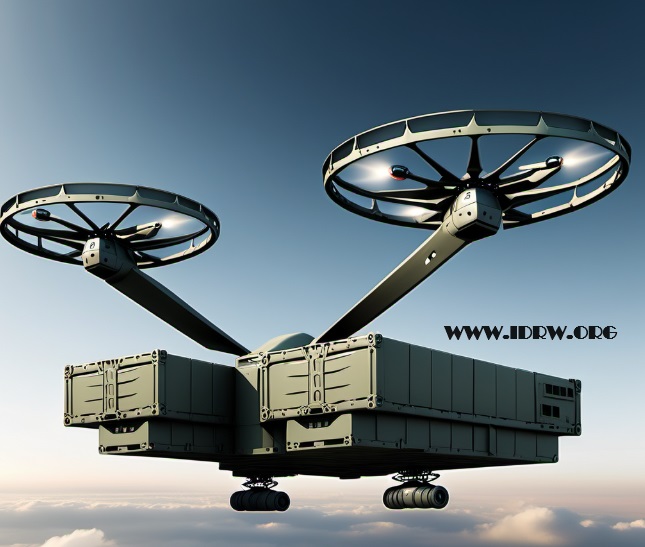
The Indian Army is soaring into the future of logistics with the induction of powerful cargo drones, revolutionizing the way supplies reach troops in even the most challenging terrain. These unmanned aerial vehicles (UAVs) are not just toys, but capable workhorses, lifting payloads ranging from 20kg to 100kg, significantly easing the burden on traditional transport methods.
But the Army’s ambition doesn’t stop there. Plans are already in motion to further expand cargo capabilities, with talks underway with private sector companies for the development of Vertical Take-Off and Landing (VTOL) Cargo UAVs. These behemoths will be game-changers, capable of hauling a whopping 300-500kg of cargo over distances of 400-500km.
Continue readingSOURCE: RAUNAK KUNDE / NEWS BEAT / IDRW.ORG
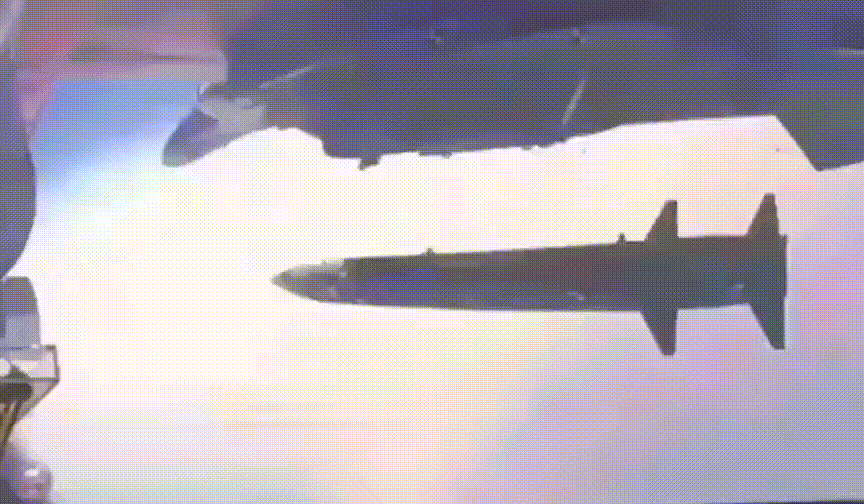
Last year marked a significant milestone for India’s defense capabilities as Dr. Samir V Kamat, Chairman of DRDO, confirmed the commencement of flight trials for the Rudram-II Air to Surface (A2S) missile. With a formidable range of 300 kilometers, the Rudram-II represents a cutting-edge addition to the nation’s arsenal. Recently, a video showcasing the developmental testing of the Rudram-II from the Su-30MKI was prominently featured in a promotional video by the Indian Air Force (IAF), underscoring the missile’s pivotal role in enhancing the country’s air superiority.
One of the standout features of the Rudram-II is its versatility, offering two distinct variants tailored to address specific operational requirements. The first variant serves as an anti-radiation missile (ARM), equipped with a PHH-IIR Seeker engineered to neutralize radar installations with unparalleled accuracy. This capability significantly enhances the IAF’s ability to suppress enemy air defenses and establish aerial dominance in contested airspace. Meanwhile, the second variant of the Rudram-II functions as a formidable Ground Attack missile, featuring an IIR Seeker optimized for targeting airstrips, bunkers, and aircraft hangars. This dual functionality further bolsters the IAF’s strategic capabilities and ensures flexibility in mission planning and execution.
Continue readingSOURCE: RAUNAK KUNDE / NEWS BEAT / IDRW.ORG

The Indian Air Force’s combat power faces a potential gap, prompting urgent calls for an interim solution while its ambitious indigenous fighter program, the Advanced Medium Combat Aircraft (AMCA), takes flight. Air Chief Marshal V.R. Chaudhari, in a recent interview, sounded the alarm about depleting combat assets and the crucial need for the Multi-Role Fighter Aircraft (MRFA) program to fill the void.
“We are aware that projects like AMCA take time and resources to fructify,” acknowledged Chaudhari. “However, given our not-so-friendly neighborhood, it is important that the strength of our combat assets is not depleted further.” This blunt statement underscores the urgency of the situation, with India surrounded by strategic challenges and an ageing fighter fleet nearing retirement.
Continue readingSOURCE: RAUNAK KUNDE / NEWS BEAT / IDRW.ORG
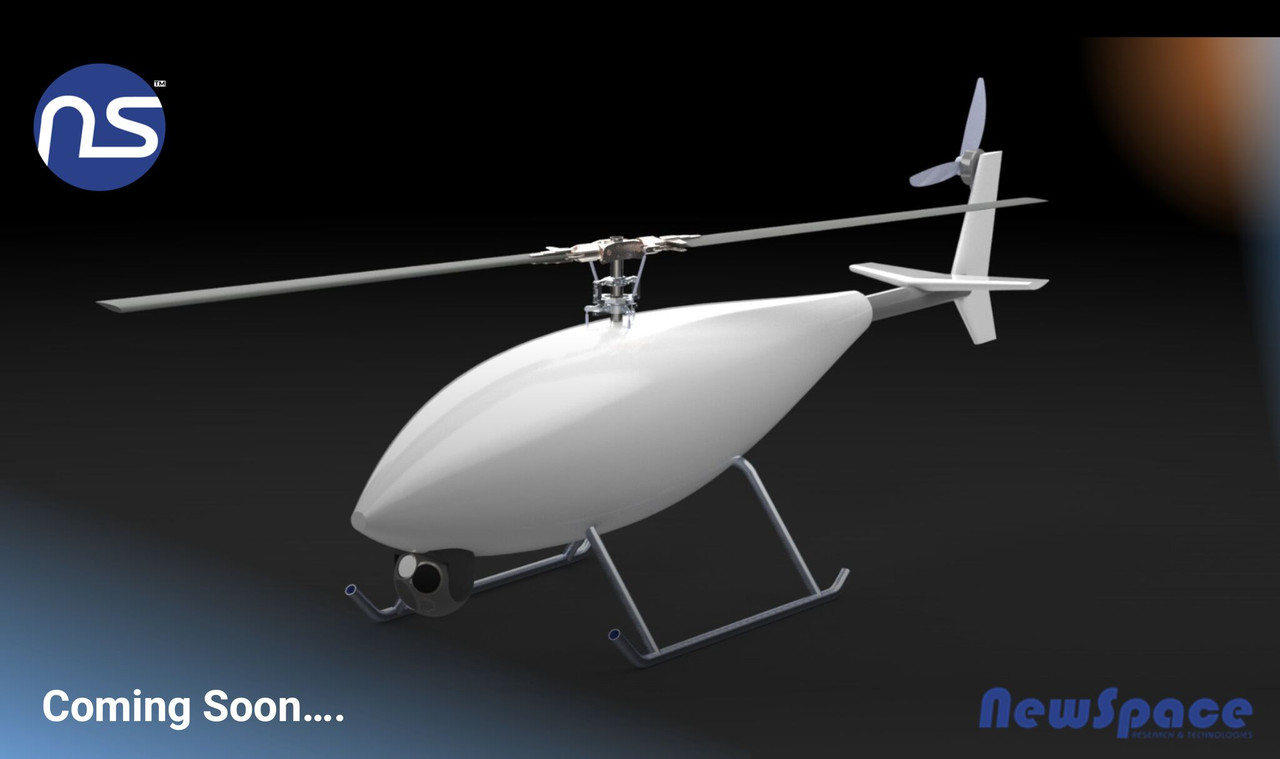
Bangalore’s NewSpace Research and Technologies, a rising star in the Indian private defense sector, has piqued the industry’s interest with a glimpse of its latest creation: a Small Rotary Tactical UAV (Unmanned Aerial Vehicle). While details remain under wraps, the image sparks speculation about its capabilities and potential applications.
The image showcases a compact, rotary-wing design, likely utilizing a multirotor configuration for Vertical Take-Off and Landing (VTOL) capabilities. This suggests agility and maneuverability, crucial for operating in tight spaces or complex environments. Additionally, the presence of an EO/IR camera payload hints at the UAV’s ability to conduct day-night surveillance and reconnaissance missions.
Continue readingSOURCE: RAUNAK KUNDE / NEWS BEAT / IDRW.ORG
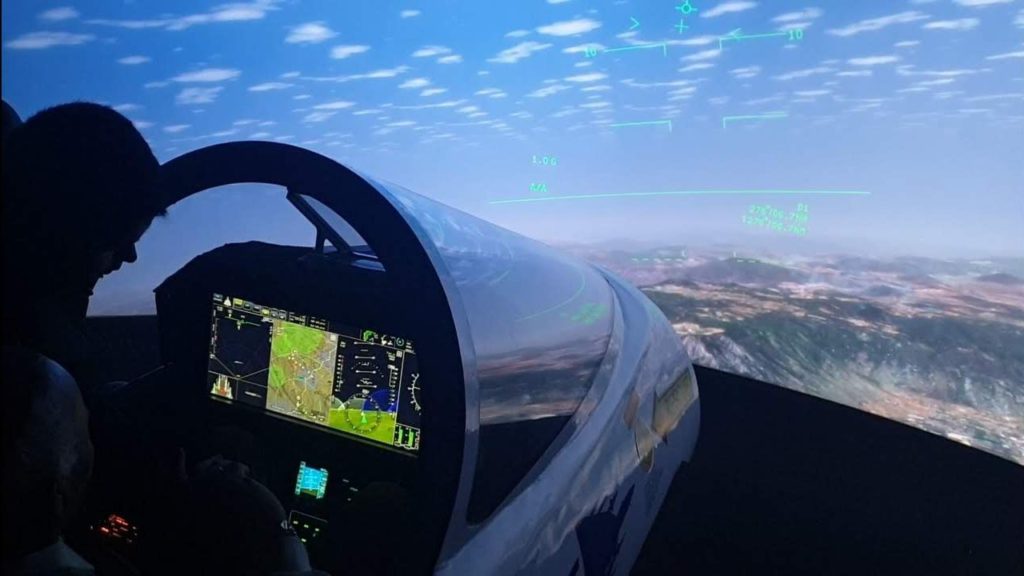
India’s pursuit of indigenous fighter jet prowess continues, with the Indian Air Force (IAF) and Hindustan Aeronautics Limited (HAL) in talks for additional Light Combat Aircraft (LCA) Tejas Mk1A fighters. This comes on top of the 83 Mk1A jets already ordered in 2021, showcasing the growing confidence in the aircraft’s capabilities.
The IAF is reportedly interested in procuring 97 more Mk1A jets, bolstering its fighter fleet with this domestically built platform. While the IAF seeks no major design changes for this second batch, HAL is proposing minor upgrades based on ongoing refinement of the aircraft.
Continue readingSOURCE: RAUNAK KUNDE / NEWS BEAT / IDRW.ORG

The Indian aviation landscape is set for a revolution as Airbus and Tata Advanced Systems Limited (TASL) join hands to establish a Final Assembly Line (FAL) for helicopters within the country. This collaborative venture marks a significant step towards India’s self-reliance in helicopter manufacturing, with the iconic Airbus H125 taking centre stage.
The H125, Airbus’ best-selling single-engine helicopter, boasts immense popularity across diverse sectors. From private ownership and aerial tourism to emergency medical services and military operations, the H125’s versatility has earned it a global reputation. Over a dozen countries rely on the H125 for their armed forces, making its India-based production a compelling proposition.
Continue readingSOURCE: RAUNAK KUNDE / NEWS BEAT / IDRW.ORG
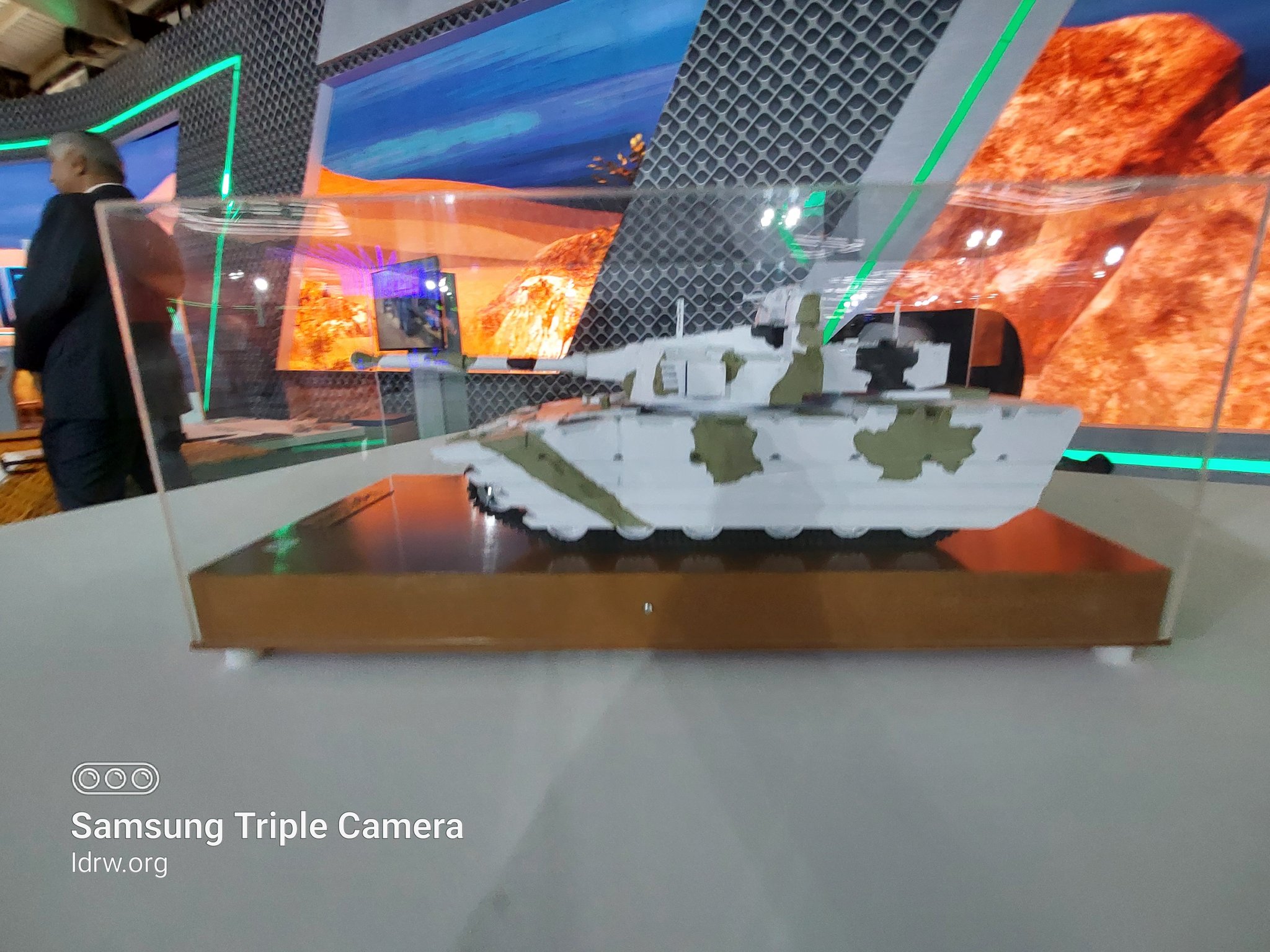
India’s quest for indigenous defence solutions takes a crucial step forward as the 25-ton Light Tank embarks on internal developmental trials at the L&T facility. This potent and agile platform, developed in collaboration with Larsen & Toubro (L&T), promises to bolster India’s military capabilities, particularly in challenging high-altitude terrains.
The current internal trials at L&T mark a crucial stage in the Light Tank’s development. These rigorous tests will assess the vehicle’s performance in various aspects, from mobility and firepower to crew comfort and survivability. The success of these trials is vital for handing over the tank to the Indian Army for further evaluation in April.
Continue reading